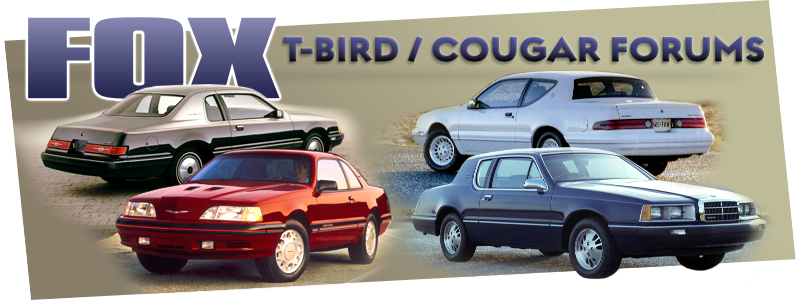Something different

Reply #4 –
The flywheel/torque converter or whatever it is that transmits power to the gearbox is bolted to the engine casing, and thus spins with it.
Some of the WW1 planes were the same with the rotary engines (not to be confused with radials, which are completely different). The prop is bolted to the engine external itself, the crank is stationary, and because of this, they could only produce a finite amount of power due to the nature of the design.
Radials look very similar, but the crank is the rotating part, and the cylinder casings remain stationary, but the whole thing is usually still air cooled. I think the B29 engines used liquid cooling, but those were supercharged as well as turbocharged.
Great stuff.
 Topic: Something different (Read 1120 times)
previous topic - next topic
Topic: Something different (Read 1120 times)
previous topic - next topic
